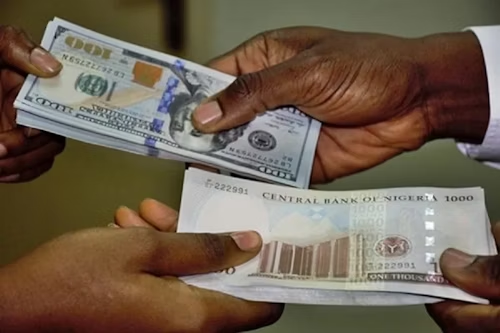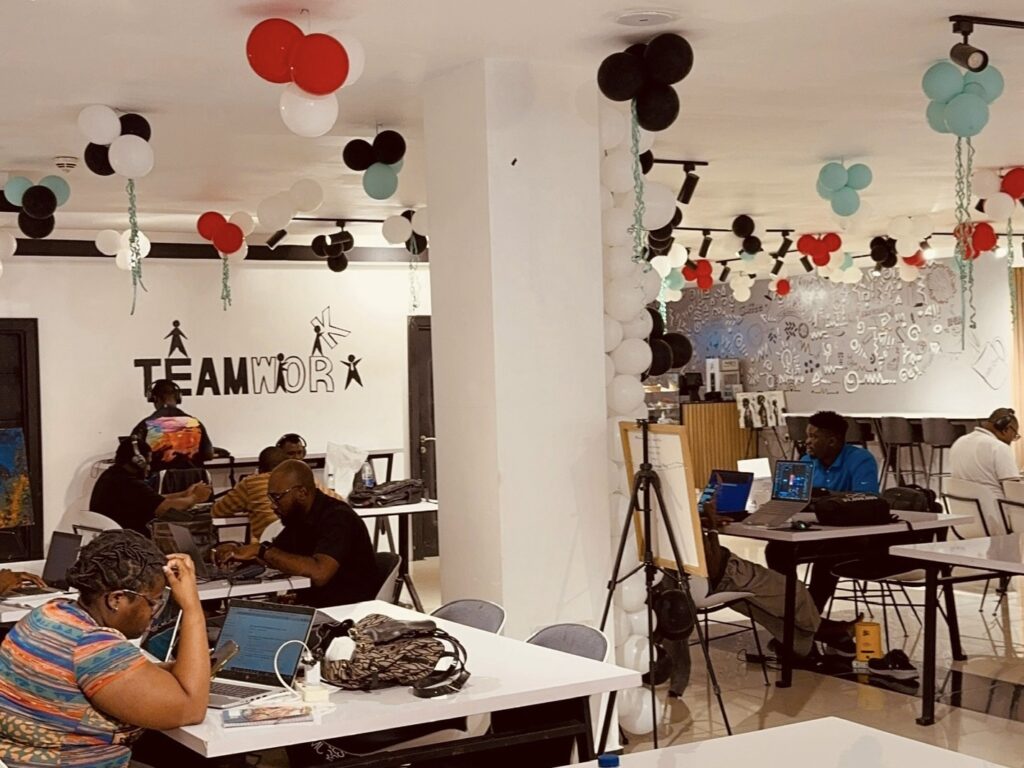Your cart is currently empty!
If you’ve ever wondered whether you should charge clients in USD or Naira, you’re not alone. As a Nigerian freelancer, navigating pricing isn’t just about choosing a number, it’s about surviving currency instability, understanding your market, and staying competitive internationally.
Freelance pricing in Nigeria can feel like a moving target. One day your rate seems fair, the next day the exchange rate slashes your income in half. Nigerian freelancer rates are hard to standardize when the economy keeps shifting under your feet. And if you’re working with international clients, the question gets even more complex: do you price in USD to stay profitable, or in Naira to make things “easier” locally?
In this post, we’re breaking down smart pricing strategies for Nigerian freelancers, so you’re not just working hard, you’re earning smart. Whether you charge clients in USD or Naira, this guide will help you do it with confidence.
Need help setting rates, creating packages, and negotiating like a pro?
👉 Download the “Make Your First ₦100K as a Freelancer” eBook for free — your pricing, pitching, and client setup guide.

Understanding the Currency Dilemma for Nigerian Freelancers
One of the biggest questions I get from Nigerian freelancers is: “Should I charge in Naira or USD?” And the truth is, it depends.
For local clients, quoting in Naira is standard. But when it comes to international gigs, many Nigerian freelancers prefer to charge in USD. Why? Because the Naira loses value often, and what seemed like a decent rate last month might barely cover your expenses today. Charging in USD protects your income from sudden devaluation and keeps you aligned with global industry rates.
But this doesn’t mean you should always charge in dollars. You’ll need to consider:
- Who your client is (local vs. foreign)
- Their expectations and currency comfort level
- Your current financial goals and stability
- Ease of receiving payments (PayPal, Payoneer, Dom accounts)
Pricing as a Nigerian freelancer means more than quoting a number. It’s about making your rate work long-term. That’s why understanding the local economy and global freelance rates matters.
When to Charge Clients in USD (and How to Make It Work)
If you’re working with international clients, especially those based in the US, UK, Canada, or Europe, charging in USD is almost always the smarter move.
Here’s why:
- It reflects global freelance rates, making you look more professional and competitive.
- You avoid undercharging just because of currency conversion.
- It gives you more control over your earnings in the long run.
But here’s what you’ll need to make it work:
- A PayPal, Payoneer, or Dom account that can receive international payments.
- Clear communication with clients upfront, include your currency in the pricing section of your proposal or invoice.
- A basic conversion buffer: if the exchange rate is ₦1,500/$, don’t charge exactly that. Always factor in platform fees and bank charges.
⚠️ Pro Tip: Don’t just pick USD because it sounds fancy. Your pricing needs to make sense for you, it’s not about impressing clients, it’s about sustaining your work.
Not sure how to set your rates?
👉 Grab the freelance rate calculator for rate formulas, that will help you price to match your earning goal.
When to Charge Clients in Naira (and Still Get Paid What You Deserve)
Not every client will pay you in dollars, and that’s okay. If your client is based in Nigeria or operating locally, charging in Naira is often the most seamless route.
But here’s the key:
You can still price smartly, even in Naira.
When it makes sense to charge in Naira:
- You’re working with local startups, SMEs, or creators with Nigerian bank accounts
- Your services are priced for a local market (e.g., social media packages for local brands)
- You want to avoid the hassle of dollar conversion fees and forex issues
How to make Naira work for you:
- Use tiered packages, offer options like “Basic, Standard, Premium” to increase average spend
- Factor in inflation and overhead when updating your rates every quarter
- Use tools like Paystack, Flutterwave, or direct transfer with clear payment terms
Need help mapping out your full freelance workflow from client outreach to getting paid (in any currency)?
Grab the Freelance Starter Checklist — your free roadmap to organize everything, step-by-step.
Navigating Exchange Rates & Mixed Client Bases
When you work with both local and international clients, your pricing strategy needs flexibility and foresight. The exchange rate can fluctuate wildly, and if you’re not careful, you might undercharge without realizing it.
Here’s how I handle it:
Keep a two tier pricing system
I maintain two versions of my rate card: one in USD and one in Naira.
They’re not direct conversions, I factor in transaction fees, inflation, and the actual value of my time.
Update your USD to Naira rate quarterly
Don’t peg your Naira rate to the black market rate on a random Tuesday.
Choose a benchmark rate (e.g. ₦1,500/$) and revisit it every quarter or anytime the gap widens drastically.
Use reliable currency tools
Use platforms like:
- AbokiFX (for black market rate insights)
- Google or XE.com (for more stable benchmarks)
- Wise or Payoneer (to receive USD if needed)
Not sure how to set your rates?
👉 Grab the freelance rate calculator for rate formulas, that will help you price to match your earning goal.
How to Communicate Your Rates to Clients with Confidence
Pricing isn’t just numbers, it’s perception. How you present your rates often determines whether the client says yes or ghosts you.
Here’s what’s worked for me:
Anchor your value before stating the price
Start by reminding clients what they’re getting: strategy, experience, fast turnaround, or your signature process. This makes the rate feel like a fair investment, not a random figure.
Use a clean, branded rate sheet or Notion page
Whether it’s a Notion client onboarding template or a sleek Canva designed proposal template with all your rates spelled out, keep it professional. Break down packages and include deliverables. Mention if it’s in USD or Naira clearly.
Be upfront but firm
Avoid apologetic language like “sorry it’s a bit high” or “I know it’s expensive.” Instead, say:
“My rate for this is ₦250,000 and includes X, Y, and Z. I’ll send a full project brief after we align on the direction.” You don’t want to put in energy and time building a whole project brief without getting paid yet.
If you are not sure what to charge then you can get the freelance rate calculator here.
Tools That Help You Get Paid, Whether in Naira or USD
You don’t just need rates, you need a system that helps you get paid quickly and reliably, no matter the currency. These are the tools I use (or recommend) to run a smooth freelance business as a Nigerian:
For USD payments
- Payoneer: Most reliable for direct bank withdrawals in USD. Works well with international clients.
- Wise: Great for creating local USD/GBP/EUR accounts. Lower conversion fees.
- Paypal (via Payoneer): Still useful for smaller freelance platforms or one-time gigs.
For Naira payments
- Paystack or Flutterwave: Professional, fast, and lets you create branded invoices.
- Direct transfer: Still common, but always request receipts and track in your Notion or invoice system.
Currency conversion + pricing tools
- AbokiFX: Street rate insight (but don’t anchor your pricing here alone).
- Google’s exchange rate widget: For quick sanity checks.
- Airtable or Notion table: Create your own “rate calculator” that updates monthly.
Want to build your full client system with tools, templates, and process?
👉 Download the Freelance Setup Checklist
Or level up with my full system in the Make Your First ₦100K eBook




Leave a Reply